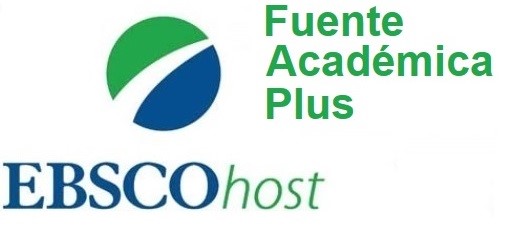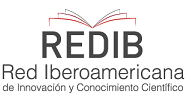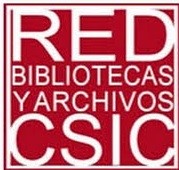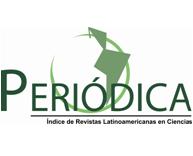OBTAINING A MATHEMATICAL MODEL TO DETERMINE THE RATE OF ENZYME-CATALYZED HYDROLYSIS OF SUCROSE
Keywords:
enzyme kinetics, mathematical modelAbstract
Introduction:
The current production of glucose in the factory “Chiquitico Fabregat” is carried out in a discontinuous process, where the fundamental raw material is refined sugar C, which is hydrolyzed using phosphoric acid as a catalyst. Given the different disadvantages that come with using acid at high temperatures, it is proposed to replace the catalyst with the thermostable invertase enzyme GS115BfrA4X Pichia pastoris, making it necessary to study the kinetic behavior of the reaction catalyzed by it.
Objective:
To define a mathematical model that describes the reaction rate at which the invertase enzyme GS115BfrA4X Pichia pastoris works in the hydrolysis stage of the glucose production process.
Materials and Methods:
To obtain the kinetic constants that characterize the mathematical model, the variation of the products over time is determined using the colorimetric method of 3,5-dinitrosalisylic acid (DNS), taking measurements in a VWR UV-3100 PC spectrophotometer with a measurement range of 190-1,100 nm and one-centimeter glass cuvettes.
Results and Discussion:
The prediction of the Yoshino y Murakami equation used in the study of the inhibited stage of the reaction presents a relative error of less than 4% for a 40 L reactor.
Conclusions:
A model was obtained that allows predicting the speed as a function of the substrate concentration in the uninhibited and inhibited stages of the reaction catalyzed by invertase.
Downloads
Downloads
Published
How to Cite
Issue
Section
License

This work is licensed under a Creative Commons Attribution-NonCommercial 4.0 International License.




















